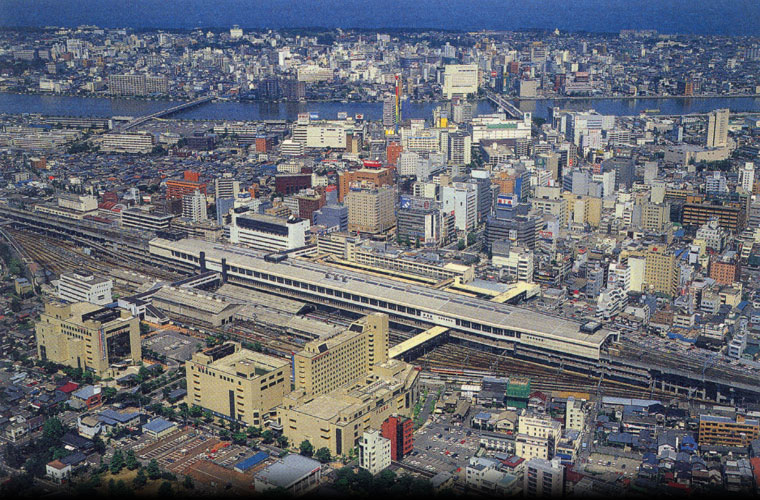

The 21st century has met with the explosive growth of global population and the environmental pollution as well as the global devastation of farmland and the food crises. We are facing depletion of petroleum and other fossil fuels along with abnormal weather accompanying global warming…
Developed nations that once accommodated modern civilization now have come across a major historical crossroads. Japan that has achieved miraculous economic growth is no exception. We are in an age when everyone must contemplate what the coming civilization and society should be like.
It is no overstatement to say that the history of the Niigata Plain is almost entirely a history of irrigation, drainage, and reclamation engineering.
Moreover, that history will continue onward to the future as we face new issues yet to be solved.
Farmers generally use the generic term “land improvement” to refer to irrigation, drainage, and reclamation and government agencies adopt the phrase “agricultural infrastructure improvement and rural development.” While the mechanisms and terms are complicated, there is a simple way of putting it: that is, these are means for developing the land so that people can produce food and live safely. We can also call it the development of a sustainable subsistence.
Unlike other public works, the implementation of this system originates upon requests made by local people. In this sense, these agricultural projects have more of a collaborative nature than the other general public works. In other words, the decision on how a project will proceed depends upon the people of the region.
People in our time seem to have lost sight of what Agriculture means in itself and of itself. But we must try to recall what went on in our ancestors’ minds as they “broke ice and entered freezing water as wind and snow raged around them violently, all for the purpose of surveying land, giving their lives to the construction of canals” [excerpt from an inscription on the monument commemorating the Kameda Project Section]. We should ask each one of Niigata’s 2.5 million residents this question.
Likewise, we should all consider what we can do to ensure that Niigata, the new tideland, remains a plain and not a lake untill the end of time.